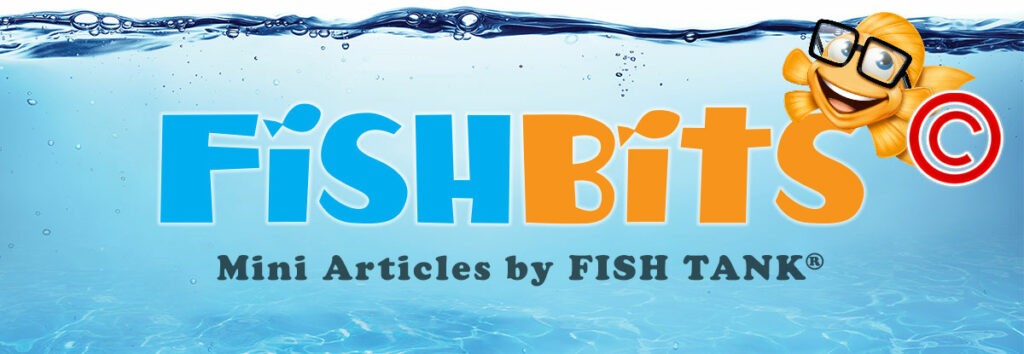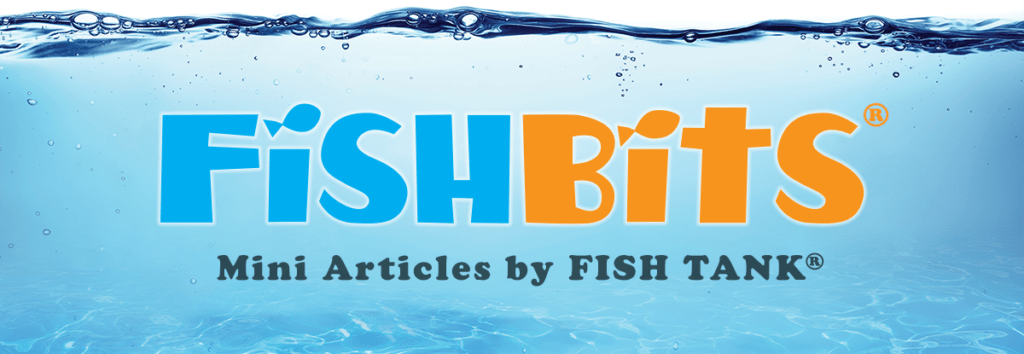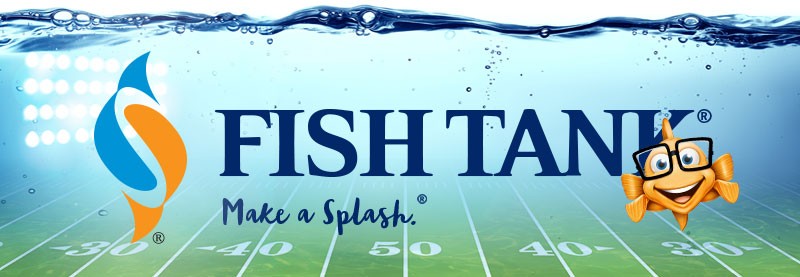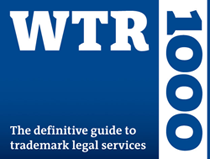Intellectual Property Insights from Fishman Stewart
Mini Article – Volume 22, Issue 23
Share on Social

Can You Copyright a Logo?
By Kristyn C. Webb
Your brand is everything: an identity, a reputation, and a revenue-generating asset. Often, when launching a new business or product, there is much time, attention, and resources spent on creating the perfect logo. Then, there is much time, attention, and resources spent protecting that logo under trademark law. But logos that are sufficiently creative may enjoy copyright protection too!
Both trademark law and copyright law may protect your logo, although the protection they provide differs. Trademark law would prohibit the unauthorized use of another’s logo that is sufficiently similar to your logo such that it is likely to cause confusion in the marketplace. On the other hand, copyright law would prohibit the unauthorized copying of your logo by another—regardless of whether that copying would be likely to confuse consumers. In most instances, to find trademark infringement, the infringer must be in your field of business or in a sufficiently related field to cause the requisite consumer confusion. By contrast, to find copyright infringement, the infringer need only copy your logo regardless of whether the infringer conducts business in your field or a related field.
In addition, timely registration of a copyrightable logo gives the owner the option to pursue statutory damages ($750-$30,000 per work and up to $150,000 per work willfully infringed). The availability of statutory damages can be a powerful tool in stopping infringement and deterring would-be infringers.
Finny the Fish: Although trademark law and copyright law may both protect your logo, they involve separate registration processes. For example, Finny is the subject of a federal trademark registration which the United States Patent and Trademark Office granted this month. He also is the subject of a pending copyright application filed with the United States Copyright Office. We will keep you updated on Finny’s fabulous journeys through these agencies.
Moral of the Story: If you have a creative logo, you should obtain a copyright registration in addition to trademark registration to gain more leverage in combating those who would dare copy your beloved logo. If you would like to discuss strategies for protecting your logo, be sure to contact Kristyn Webb.
Kristyn Webb is the Group Leader of Fishman Stewart’s Copyright Practice Group, and is currently earning a Master’s Degree in Copyright Law at King’s College London.

Published November 18, 2022


Related Content from Fishman Stewart
In a recent decision, the U.S. Court of Appeal for the Eighth Circuit affirmed a jury verdict holding that the use of the "Success Kid" meme by a congressman's reelection campaign for fundraising purposes did not qualify as fair use.
In February 2024, proposed legislation was introduced in US House of Representatives which would extend copyright protection to golf courses. The bill is titled “Bolstering Intellectual Rights against Digital Infringement Enhancement Act” or the “BIRDIE Act”.
June is Pride Month, which honors the 1969 Stonewall Uprising in Manhattan and recognizes the impact that lesbian, gay, bisexual, and transgender (LGBTQ+) individuals have had on history locally, nationally, and internationally. The United States Patent and Trademark Office flies the Pride Flag and promotes the Pride community’s contributions with programming offered annually.
June is Pride Month. This year we are celebrating with some IP tips for drag performers! Drag performers can protect their intellectual property by registering the copyrights in their original works of music, choreography, and comedy sketches.
You’re rarely more than a few yards from Finny’s favorite chips, semiconductor chips to be precise. But what exactly is a semiconductor chip?
"May the 4th Be With You," also known as Star Wars Day, takes place annually on May 4th. The phrase is a pun on the iconic Star Wars catchphrase "May the Force be with you."
First, a big “thank you” to all our readers who have given feedback on our newsletter. We appreciate your interest and insights. It is always a treat to hear from you! Second, we wanted to provide you with updates on some of our most popular articles
“Palworld”— a computer game created and published by Japanese developer Pocket Pair. Released as an early access game in January 2024, it sold over seven million copies on the computer platform Steam in the first five days and had nearly 20 million players in the first two weeks.
This year’s Super Bowl featured a thrilling overtime victory for the Kansas City Chiefs over the San Francisco 49ers. With estimates as high as 123 million viewers, America's premier sporting event also serves as a grand stage for creativity and intellectual property protections that enhance the game’s success.
Valentine’s Day is just around the corner and jewelry sales are usually around $6 billion USD in the United States alone. In 2021, the US Customs and Border Protection agency seized over $1 billion USD worth of counterfeit pieces of jewelry.
IDENTIFYING, SECURING AND ADVANCING CREATIVITY®











